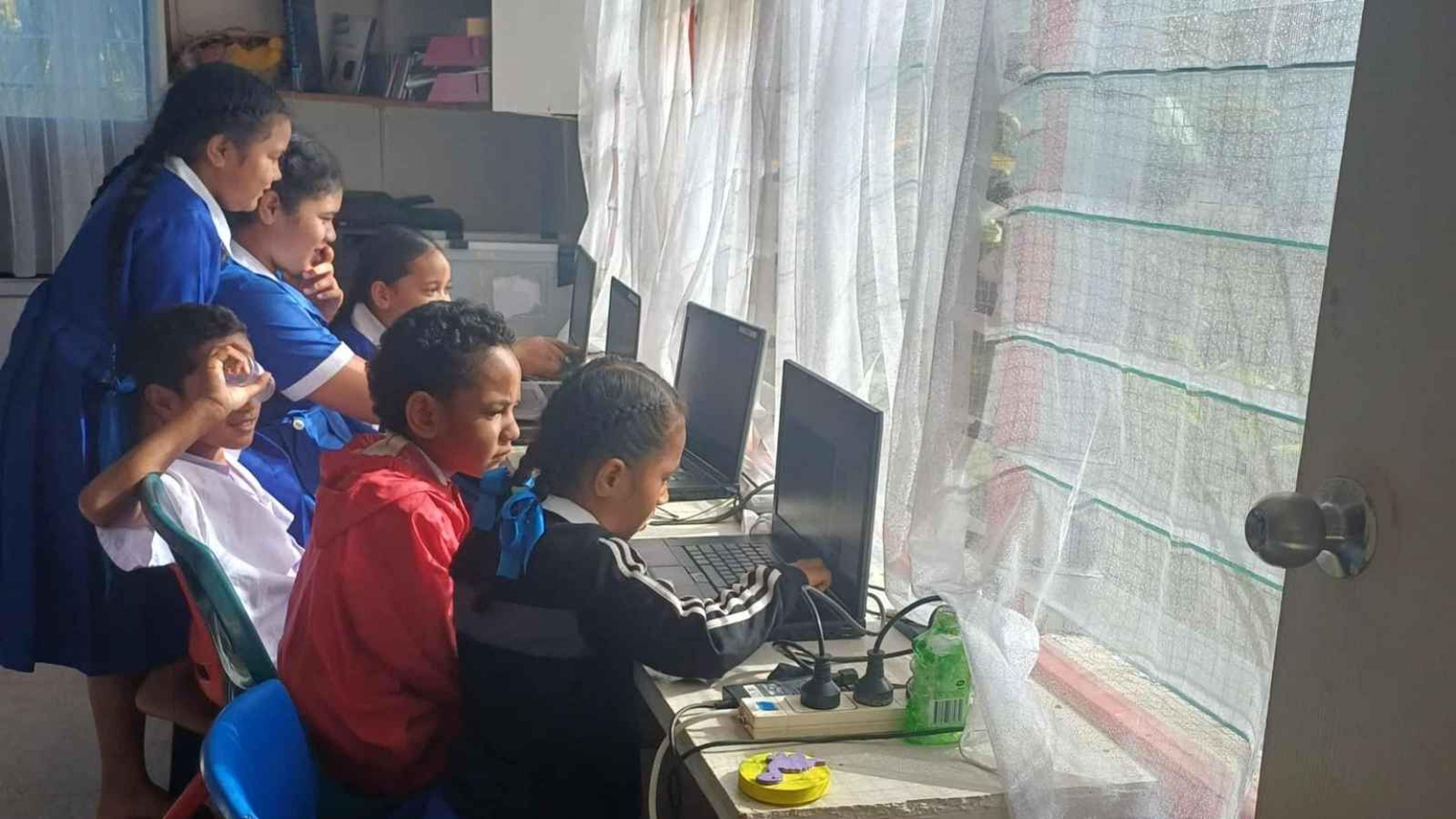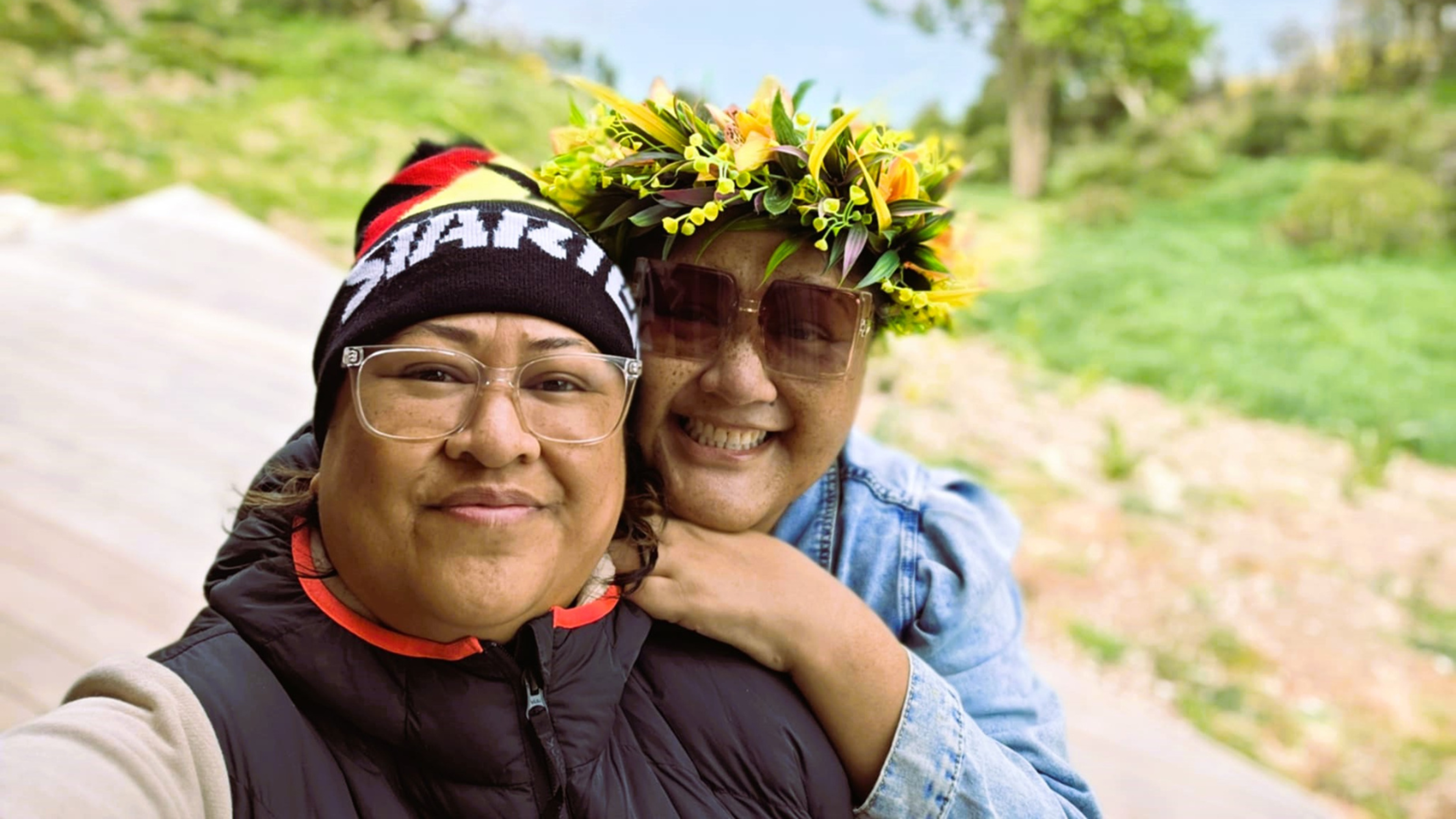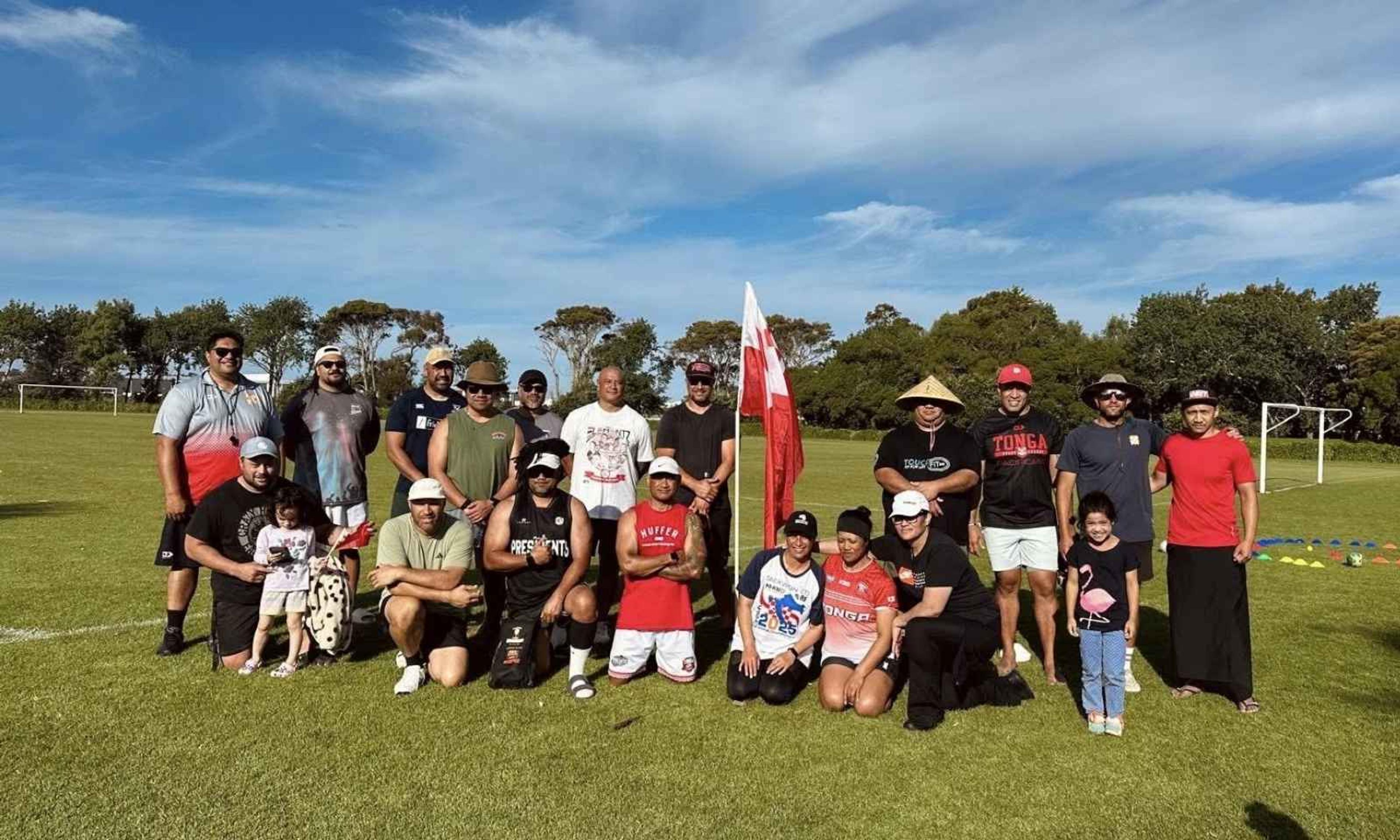

Le Afio’aga o Aotearoa and the Pacific General Assembly host Sāmoa's Minister of Health (centre-yellow) and his delegation to NZ.
Photo/PMN News/Sariah Magaoa.
Sāmoa-New Zealand twinning boosts health and regional relations
A pioneering health exchange between Sāmoa and Aotearoa New Zealand is creating new pathways for upskilling medical professionals and delivering culturally grounded care.


The phone call that changed everything: Social worker’s new life after kidney transplant

Tonga Touch Rugby Masters call on diaspora to pull on the red and white again

Sāmoan stars in Aotearoa NZ: Donell Lewis and Kennyon Brown tour with DJ Noiz

‘A Library for the Heart of Tonga’: Building a hub for Nuku’alofa

The phone call that changed everything: Social worker’s new life after kidney transplant

Tonga Touch Rugby Masters call on diaspora to pull on the red and white again

Sāmoan stars in Aotearoa NZ: Donell Lewis and Kennyon Brown tour with DJ Noiz
A landmark initiative aimed at strengthening health systems in Sāmoa and Aotearoa New Zealand took centre stage at a high-level gathering of Pasifika and Māori leaders in Māngere on Wednesday.
Le Afioga Valasi Luapitofanua To’ogamaga Selesele, Sāmoa’s Minister of Health, and his delegation to Aotearoa were also welcomed at the hui.
Led by the Pacific General Assembly (PGA) in partnership with Le Afio’aga o Aotearoa and Sāmoa’s Ministry of Health, the twinning programme places Sāmoan doctors and nurses, particularly from rural areas, within New Zealand health services to upskill and gain experience.
New Zealand clinicians are offered placements in Sāmoa, creating a mutual exchange of knowledge, skills, and culturally grounded healthcare practices.
Aupito William Sio, Chair of the Council of Chiefs for the Pacific General Assembly, highlights the programme as a transformative development model.
“It’s a five year work and at the end of that five years, those who are participating will receive a fellowship award to recognise the upskilling and learning that they have gained, and hopefully that fellowship award will be supported by the University of Otago and the National University of Sāmoa,” Aupito says.
Aupito adds that the initiative reflects the deeper connections between Aotearoa and the Pacific and responds to the long-standing health inequities across the region.
“We are families on this side of Aotearoa New Zealand and on the other side of the Pacific, and with Sāmoa, it has a special relationship going back to the Treaty of Friendship.
“We have Sāmoan diaspora here that is equal, if not more, than the population of Sāmoa.

Aupito William Sio (far left) and Sāmoa's Minister of Health Le Afioga Valasi Luapitofanua To’ogamaga Selesele (in yellow) at the luncheon. Photo/PMN News/Sariah Magaoa.
“We not only share those relationships, but we also share their challenges, and one of the biggest challenges that the Sāmoan Government has identified is the need for upskilling and improving their health services.”
Aupito suggests that if New Zealand invested more in strengthening Sāmoa’s healthcare system, many elderly people might choose to retire back home.
“I think if New Zealand were able to do more in improving the health services of Sāmoa, then you could see many of the elderly people who retire would return happily to Sāmoa and stay in Sāmoa and keep their pension funds circulating in the Sāmoan economy,” he says.
“But it wouldn’t just be Sāmoa, and I think the same challenges exist in other nations, particularly in their health services.
“So we’re in the community, we’re trying to do our bit to support the needs of the Pacific.”

Le Afio’aga o Aotearoa – Sāmoa Ministry of Health delegation and the Pacific General Assembly. Photo/PMN News/Sariah Magaoa.
Aiono Professor Alec Ekeroma, Sāmoa’s Director General of Health, has echoed similar sentiments, noting that the twinning programme aligns with Sāmoa’s national health priorities over the next five years.
Supported by a $4.1 million (NZD) investment from the New Zealand Government, Sāmoa is investing in rural workforce development, a Master’s in Nurse Practitioner programme, and cancer care policies.
“I see that New Zealand is also heading the same way because you don’t have enough doctors in the public system, and the only way is to upskill nurses,” Aiono says.
“There are more of them than doctors to handle most conditions we’re seeing in hospitals in rural areas.”

Kīngitanga representatives at the luncheon earlier today. Photo/PMN News/Sariah Magaoa.
Aiono says Sāmoa also has ambitions to formally integrate traditional Sāmoan healing practices into modern healthcare frameworks, drawing from successful models overseas.
“It’s something that we’re looking at in Sāmoa where we’ve actually formed a task force to look at legislation, to look at standards and procedures…to assimilate traditional Sāmoan medicine to modern medicine.
“Overall … it is a holistic approach to patient care, and it would be better for our patients as well.”
While the event celebrated progress, it also drew attention to gaps, particularly the absence of New Zealand Government representatives.
Aupito and Aiono acknowledge the need for sustained, long-term funding and political support to ensure the programme’s continuity and success.